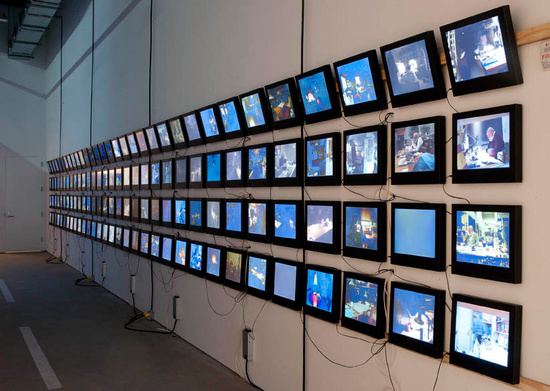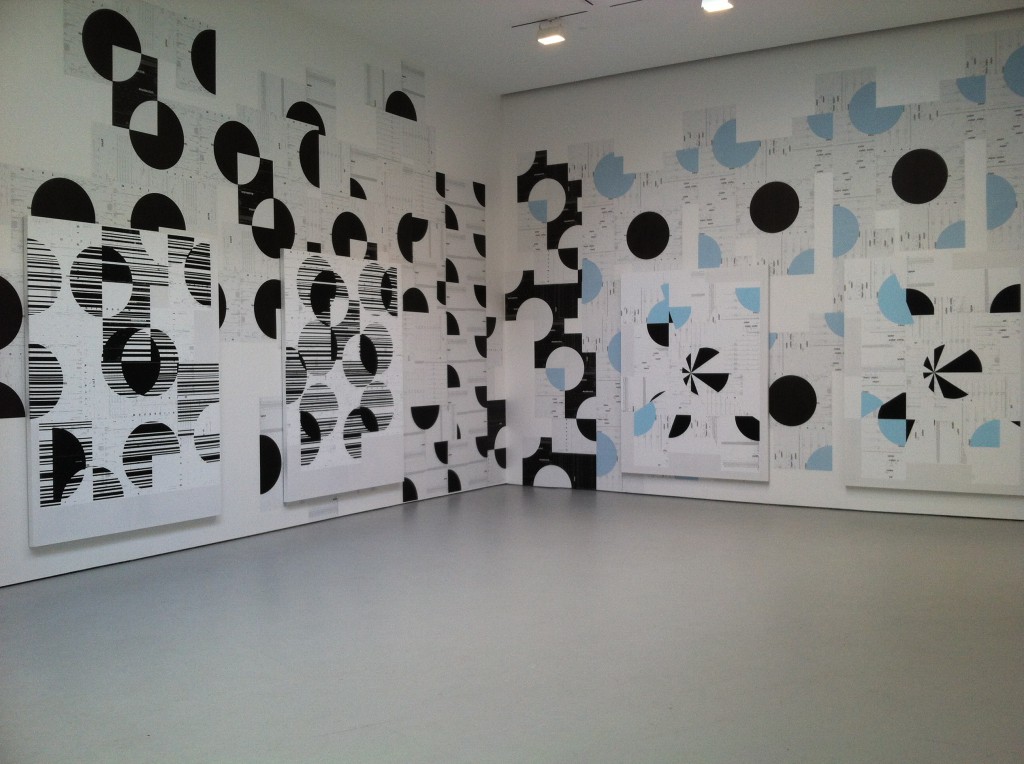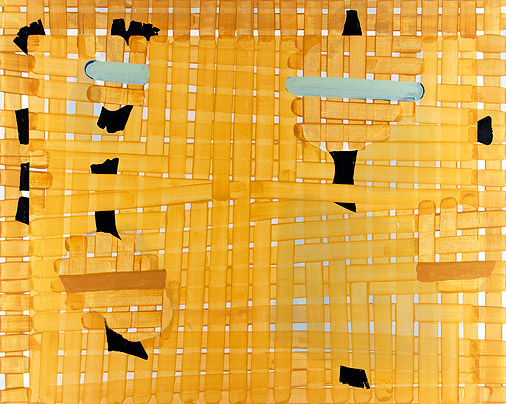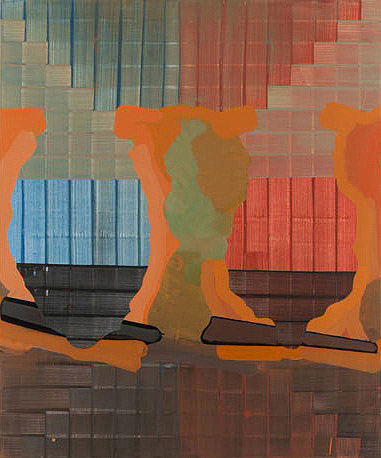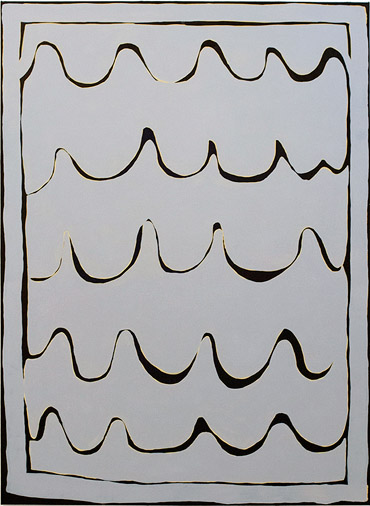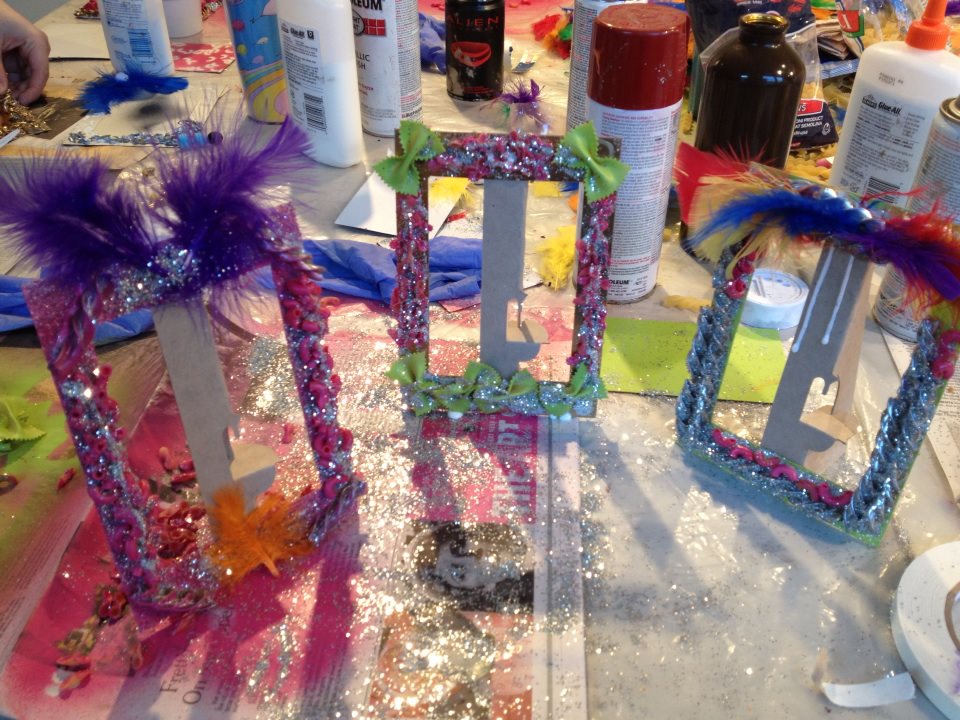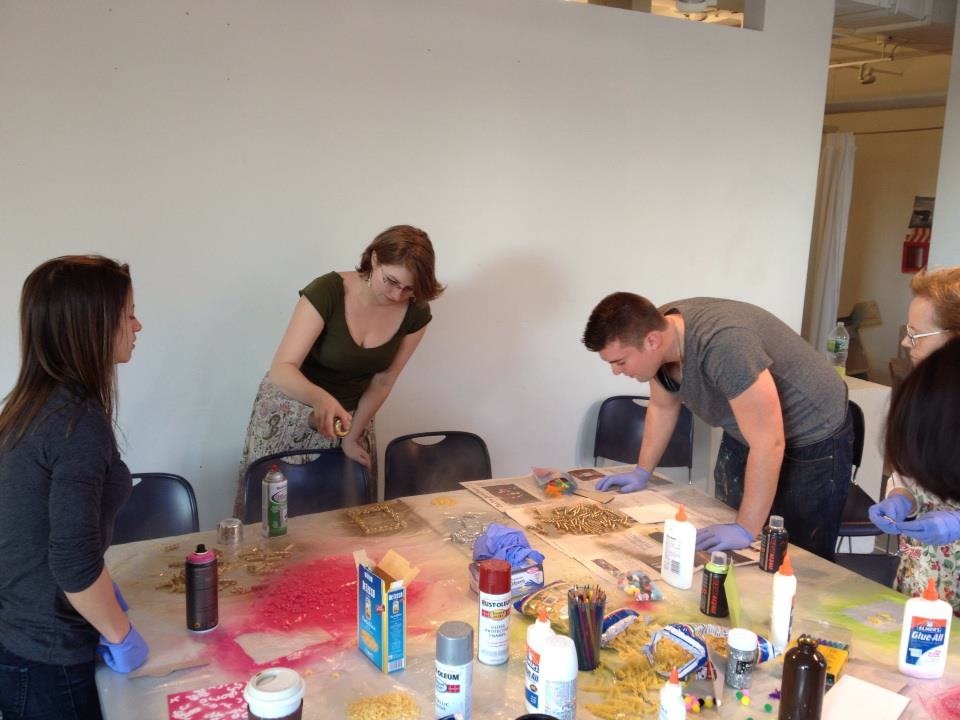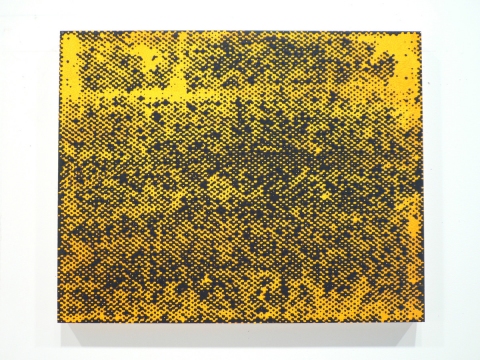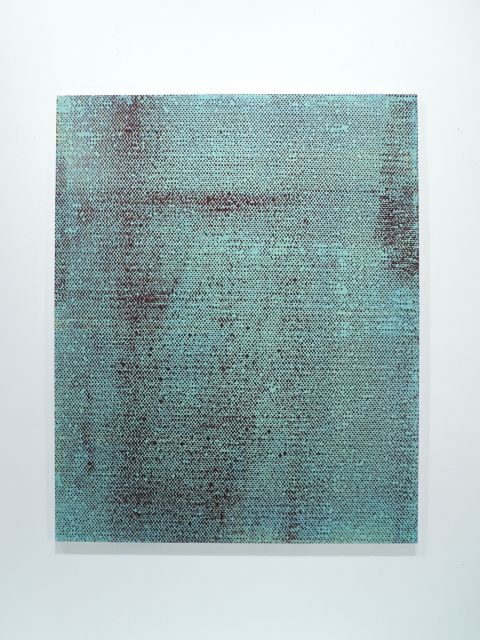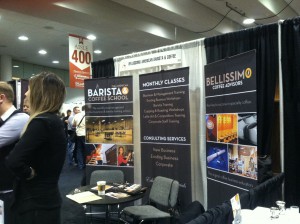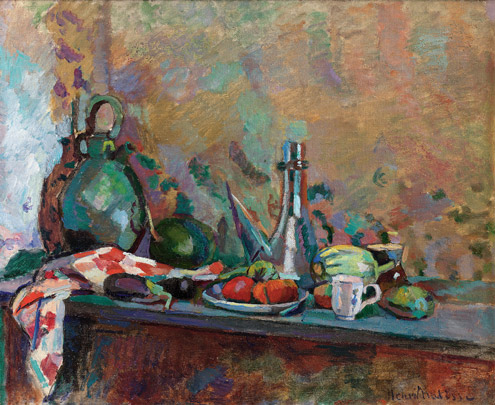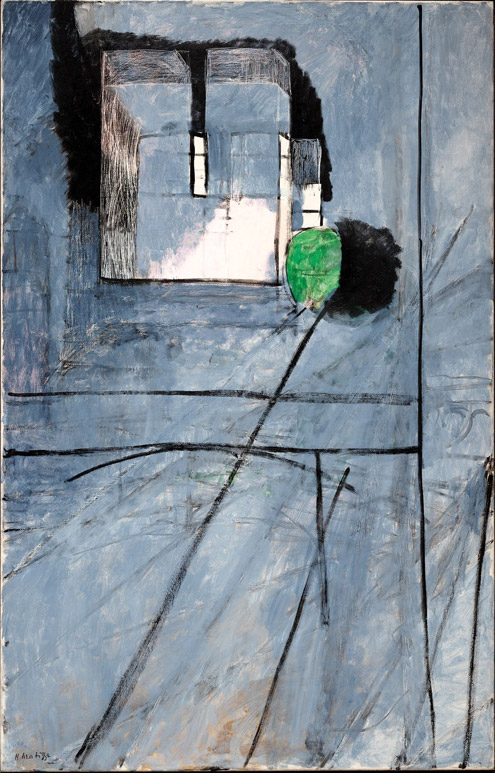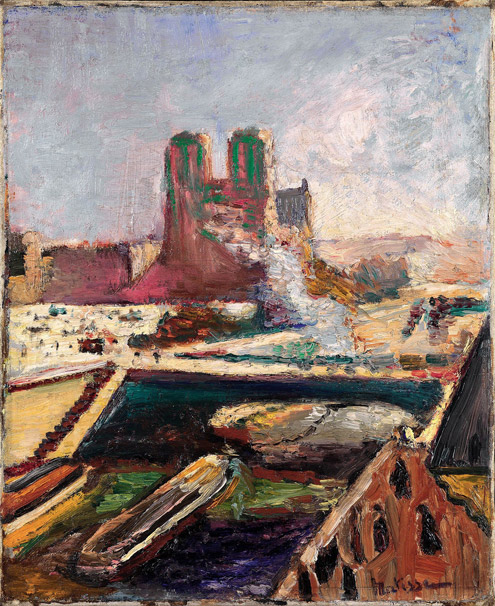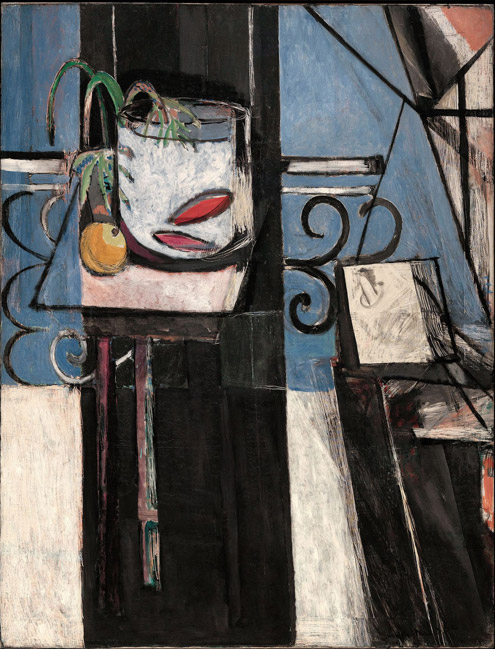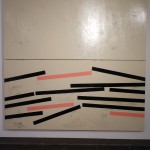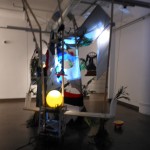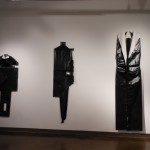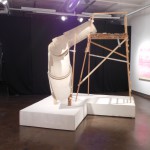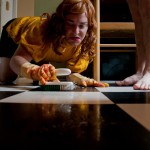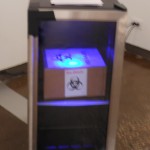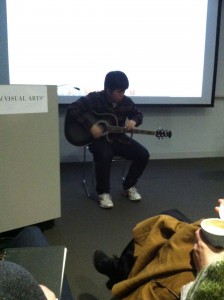
ShinYoung Park
On Thursday, during our first-year Seminar class with Department Chair David Shirey, classmate ShinYoung Park played two avant-garde songs for us on his guitar. He explained that most guitarists gain skill through practice and then are unwilling to innovate because they’re proud of their proficiency. His playing included hitting the box of the guitar to add percussion, and picking out the melody on the neck with his left hand while his right hand damped the strings instead of strumming them.
The parallels to making art are obvious. We artists gain skill and proficiency with certain techniques and then are afraid to try new ones for fear of failing. Successful artists get boxed in to styles that sell, and galleries don’t encourage experimentation if they’re making money.
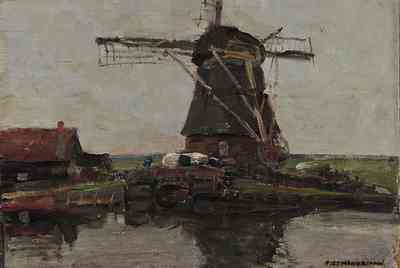
Piet Mondrian
Windmill, 1905
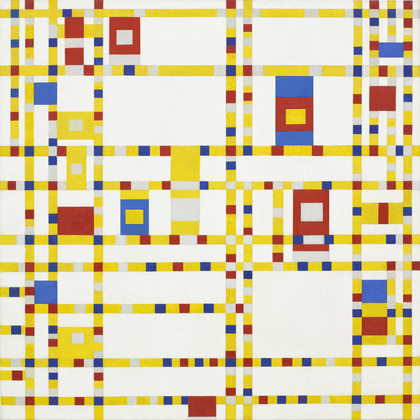
Piet Mondrian
Broadway Boogie Woogie, 1942-43
But fearless artists let go of what they have in order to grasp something new. And when we look back at art-historical game changers, we probably don’t give them enough credit for overcoming the fear they must have faced. After all, from where we sit all we see is success. But we should remember the personal courage that is necessary to create innovation, and try to incorporate bravery into our art practice. Me as much as anyone. Maybe more.
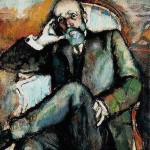
Marcel Duchamp
Portrait of the Artist’s Father, 1910
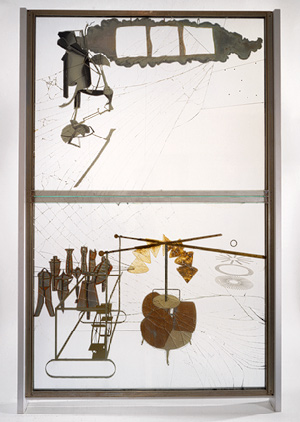
Marcel Duchamp,
The Large Glass, 1915-23
